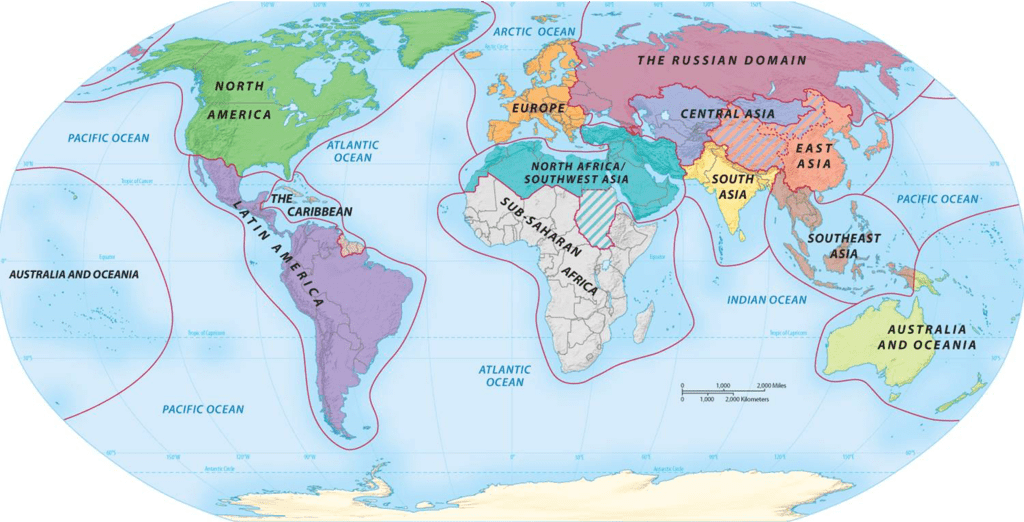A Comprehensive Guide To Global Landmarks And Wonders

The term "major world" encapsulates the fascinating array of landmarks, cultures, and natural wonders that define our planet. From the towering heights of the Himalayas to the serene beauty of the Amazon rainforest, the world is a tapestry of experiences waiting to be explored. In this article, we will delve into the most iconic landmarks, their historical significance, and the unique cultures that surround them, providing a thorough understanding of what makes these sites so remarkable.
As we journey through this exploration of major world sites, we will highlight key statistics, historical facts, and cultural insights that contribute to their global importance. Whether you are a seasoned traveler or an armchair explorer, this guide aims to inform and inspire your next adventure.
Join us as we uncover the secrets of the world’s most significant landmarks, offering a glimpse into their past and their role in shaping the present. By the end of this article, you will gain a greater appreciation for the diverse beauty of our planet and perhaps even plan your next visit to one of these extraordinary places.
Table of Contents
Major World Landmarks
Major world landmarks are not just beautiful; they are also rich in history and significance. Here are some of the most renowned landmarks across the globe:
- The Great Wall of China: Stretching over 13,000 miles, this ancient fortification is a symbol of China's historical strength.
- The Eiffel Tower: An iconic symbol of Paris, this iron lattice tower stands at 1,083 feet and attracts millions of visitors each year.
- The Pyramids of Giza: These ancient structures are one of the Seven Wonders of the Ancient World, showcasing the architectural prowess of ancient Egypt.
- The Colosseum: A massive amphitheater in Rome, it was once the site of gladiatorial contests and public spectacles.
Natural Wonders of the World
The natural wonders of the world showcase the earth’s breathtaking beauty and diversity. Here are a few notable examples:
- The Grand Canyon: This steep-sided canyon in Arizona is a UNESCO World Heritage site known for its stunning vistas.
- The Great Barrier Reef: The largest coral reef system in the world, located off the coast of Australia, is home to an incredible variety of marine life.
- Mount Everest: The highest mountain on Earth, attracting climbers and adventurers from around the globe.
- The Amazon Rainforest: Often referred to as the "lungs of the Earth," it is the largest tropical rainforest and is vital to the planet's ecosystem.
Cultural Significance of Major Sites
Understanding the cultural significance of major world landmarks is essential to appreciating their value. Each site offers insights into the civilization that built it, as well as the traditions that surround it. Factors such as religion, art, and historical events contribute to the cultural fabric of these locations.
Religious Significance
Many landmarks hold religious significance and attract pilgrims from around the world. Examples include:
- Mecca: The holiest city in Islam, where millions travel annually for Hajj.
- The Vatican: A spiritual center for Catholics, home to St. Peter's Basilica and the Sistine Chapel.
Artistic and Architectural Importance
Landmarks also reflect the artistic and architectural innovations of their time. The intricate designs of the Taj Mahal and the modernist style of the Sydney Opera House are testaments to human creativity.
Historical Context of Iconic Locations
Each major world landmark carries with it a wealth of historical context that enhances its significance. Understanding the history behind these sites can transform how we view them.
The Role of Conflict and Conquest
Many landmarks have been shaped by conflict and conquest. For instance, the Acropolis in Greece has stood witness to the rise and fall of empires.
Preservation and Restoration Efforts
Efforts to preserve and restore landmarks are crucial for future generations. Organizations worldwide work tirelessly to maintain the integrity of these sites against the threats of time and tourism.
Famous Monuments Around the Globe
Monuments serve as lasting reminders of historical events and figures. Here are some of the most famous:
- The Statue of Liberty: A symbol of freedom and democracy, this monument greets visitors arriving in New York Harbor.
- The Berlin Wall: A historical barrier that divided East and West Berlin, it now stands as a symbol of unity and reconciliation.
Travel Tips for Visiting Major World Sites
When planning a visit to major world landmarks, consider the following travel tips:
- Research the best times to visit to avoid crowds.
- Respect local customs and regulations to enhance your experience.
- Consider guided tours to gain deeper insights into the significance of the sites.
Sustainable Tourism Practices
As tourism continues to grow, it is vital to adopt sustainable practices to protect major world sites. Here are some recommended strategies:
- Opt for eco-friendly accommodations and transportation options.
- Support local businesses to promote economic sustainability.
- Participate in conservation efforts to help preserve natural and cultural heritage.
Conclusion
In summary, the world is filled with major landmarks that not only captivate our imagination but also enrich our understanding of human history and culture. From the majestic pyramids to the serene beauty of natural wonders, these sites offer a window into the past and a glimpse into the future. We encourage you to explore these remarkable places and share your experiences with others. Feel free to leave a comment below, share this article with fellow travelers, or check out more articles on our site for your next adventure.
Thank you for joining us on this journey through the major world landmarks. We hope to see you back here for more exciting explorations!
ncG1vNJzZmirn521b6%2FOpmasp5idu6bD0pusrGppZLqits6rZLCnoqGxb7TTpqM%3D